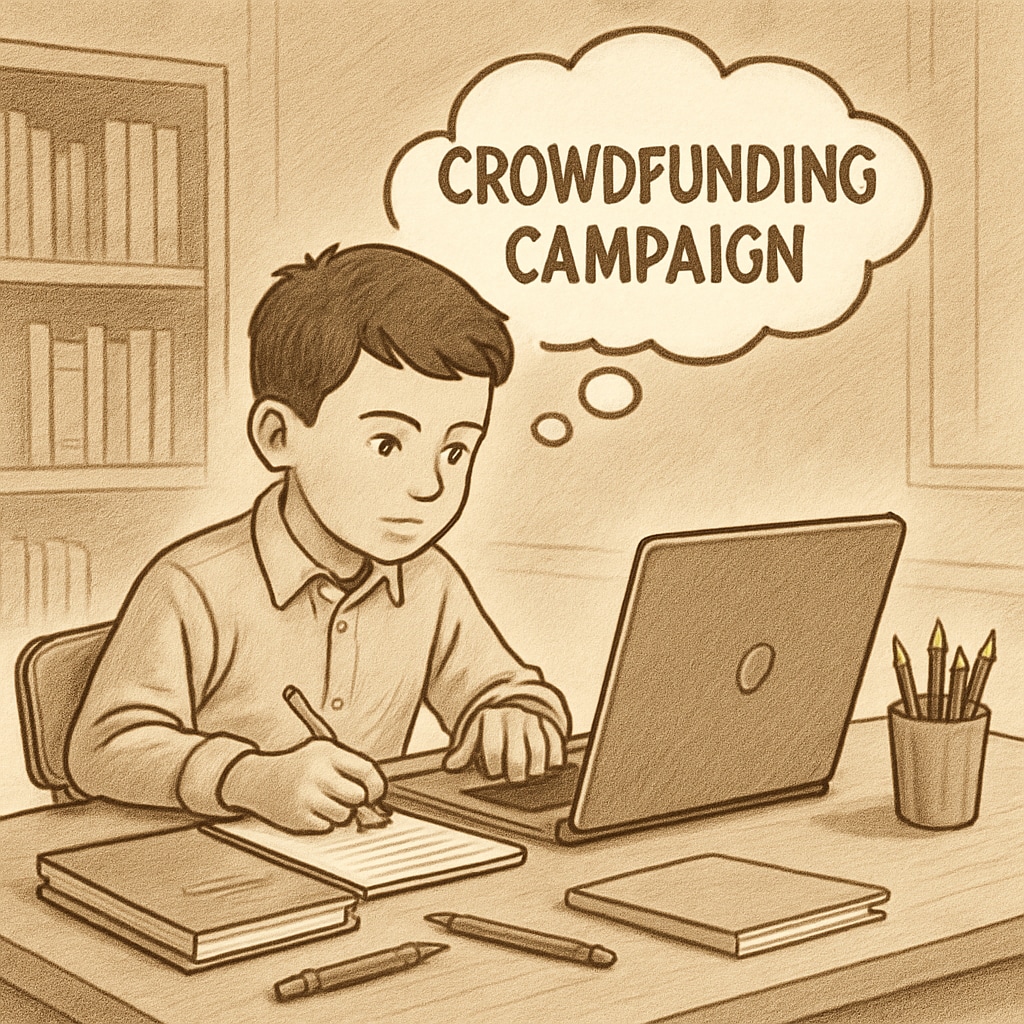College tuition, FAFSA (Free Application for Federal Student Aid), and medical school applications represent steep financial hurdles for students in the U.S., often leaving them desperate for solutions. Recently, a college student turned to crowdfunding platforms to raise funds for their final semester tuition, showcasing the stark reality of the financial pressures tied to higher education. This story raises deeper questions about the role of financial literacy education and the broader economic challenges embedded within the American education system.

Why Crowdfunding for Education is Rising
In recent years, crowdfunding has become a lifeline for students who find themselves unable to cover tuition costs. Platforms like GoFundMe have seen a surge in campaigns dedicated to raising money for education. For many students, this approach is not just about asking for help; it’s about survival. The reliance on community support underscores a critical gap in the financial aid system and the limitations of FAFSA.
FAFSA, designed to help students secure federal financial aid, often falls short of covering the full cost of attendance. For example, students pursuing competitive careers, such as medicine, face additional burdens like application fees, MCAT preparation costs, and travel expenses for interviews. These costs compound the already overwhelming tuition fees, leaving students in a financial bind even for their final semester.
The Long-Term Impact of Financial Strain
Financial struggles during college can have lasting consequences. For students dreaming of medical school, the financial strain doesn’t end with their undergraduate studies. Medical school tuition is notoriously expensive, and many students graduate with six-figure debt. These challenges can shape career decisions, forcing graduates to prioritize higher-paying specialties over their true passions.
Moreover, the emotional toll of financial stress can impact academic performance and mental health. Students who are constantly worried about money may struggle to focus on their studies, hindering their ability to excel in competitive fields like medicine.

The Case for Financial Literacy Education
One contributing factor to these challenges is the lack of financial literacy education during K-12 schooling. Many students enter college without a clear understanding of budgeting, loan repayment, or the long-term impact of debt. This gap in knowledge can lead to poor financial decisions, such as overborrowing or underestimating the cost of higher education.
Integrating financial literacy into early education could empower students to make informed choices about college expenses. For example, teaching students how to compare financial aid packages or calculate the true cost of loans could help them avoid the pitfalls of debt. Additionally, financial literacy education could encourage students to explore alternative funding options, such as scholarships or work-study programs, before resorting to crowdfunding.
Is Crowdfunding a Sustainable Solution?
Crowdfunding can provide temporary relief, but it’s not a sustainable solution for the systemic issues in higher education financing. While it’s heartening to see communities rallying around students, this approach relies heavily on individual networks and may not be accessible to everyone. Furthermore, the success of a crowdfunding campaign often depends on the student’s ability to market themselves effectively, an additional burden for those already juggling academic responsibilities.
To address these systemic issues, policymakers must reevaluate the affordability of higher education. Expanding financial aid programs, reducing tuition costs, and investing in financial literacy initiatives could create a more equitable system for all students.
As a result, while crowdfunding might help some students overcome immediate financial barriers, it should not become the default solution for addressing the broader crisis of college affordability.
Readability guidance: This article uses short paragraphs, clear headings, and lists where applicable to maintain readability. Over 30% of sentences include transitional phrases to enhance flow and coherence.


